| |
|
|
| |
It may be autumn ... but
Wed 6th March, 2019
|
|
|
|
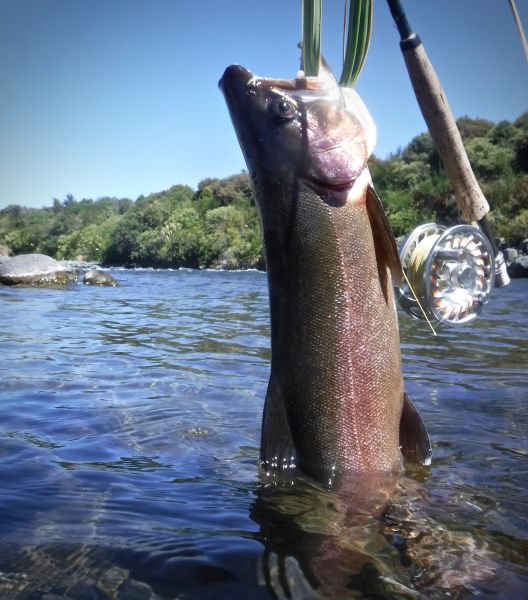 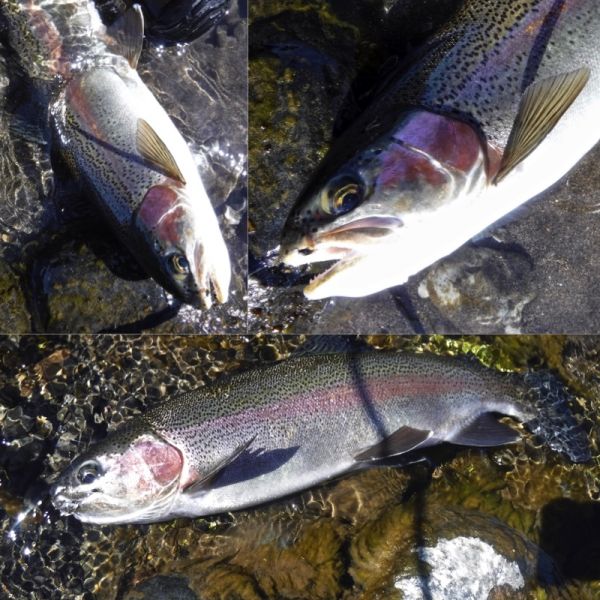
It may be autumn but the longest dry spell the region has experienced this century is still with us. However it looks as if there may be some respite as a front moves quickly up the country on Friday. With a possible 20 to 30 millimetres of rain forecast for some areas.
As a result there has been very little change in "the fishing."
The Tongariro is still full of juvenile trout with some better fish scattered throughout the river. And although I'm not keen on eating trout myself I've taken a few home for friends who do.
Still plenty of top water action with both large and small dry flies taking fish. And regular faces I see along the river have told me they've been doing ok into dark fishing for browns.
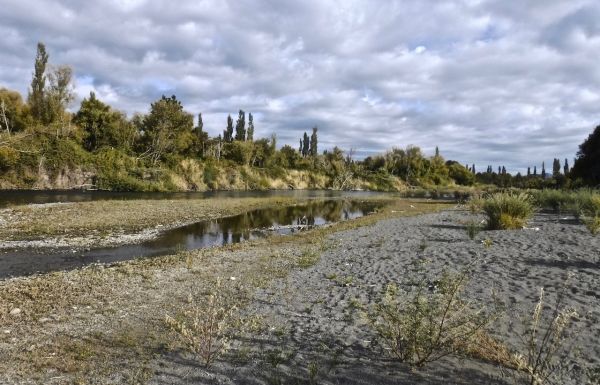 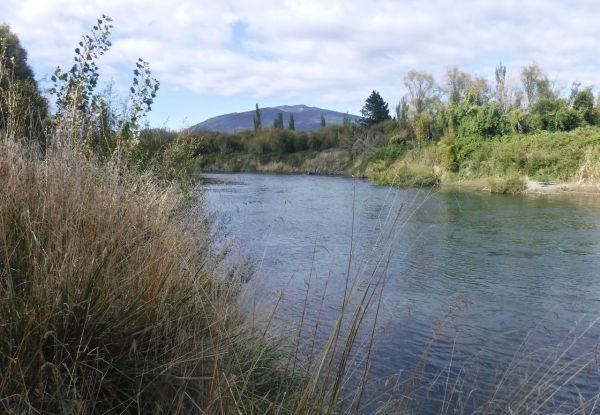
I've spent quite a bit of time downriver this week. It's a very different experience and makes a nice change. From the town area down towards the Delta the gradient of the river decreases and the flows begin to slow. Below are a few paragraphs taken from a 2005 Taupo District Flood Hazard Study that explains in detail how this affects the Tongariro. But the whole report makes interesting reading.
" Erosion is common in the upper Tongariro catchment because of the soft unconsolidated nature of the volcanic deposits, steep slopes, and high rainfall. This provides a large volume of material that is available to be transported downslope and into the river system. The steep terrain of the upper catchment allows the river to transport most of this sediment downstream. The Tongariro River consequently carries a high sediment load. On average, approximately 11,700 tons of gravel and larger sized sediment is carried past Turangi each year. Ten times this amount of finer-sized material, including sand, is transported downstream (Smart, 2005). In the lower catchment the channel slope decreases, reducing the flow velocity. As a result, the energy of the river decreases reducing its ability to transport sediment. Consequently, a considerable volume of material is deposited in the channel and on the floodplain adjacent to the lower reaches of the Tongariro River.
As sediment is deposited in the lower reaches of the river (Turangi area) the riverbed builds up (aggrades). This reduces the capacity of the channel to contain flood flows. During large flood events the river can break out of its channel with flood waters then taking the lowest path to the lake. The wide floodplain, and extensive Tongariro delta where the river discharges into Lake Taupo, have formed from the river periodically changing its course in this manner. Sedimentation can be greater when the lake level is high as the river slope, and hence the energy to transport sediment, decreases. Likewise, sedimentation within the channel may be reduced when the lake level is lower because of increased energy through the lower reaches of the river.
Changes to the river channel, and aggradation of the delta, can be caused by both natural and anthropogenic processes. Floods, eruptions and tectonic uplift can increase the sediment supply to the river. Gravel extraction, as occurred from the 1960’s to early 1980’s, reduced aggradation and stabilised the river channel between Turangi and the delta mouth (Smart, 2005). Tectonic subsidence and the compaction of sediments in this location are also reducing the ground level and therefore the slope of the river. These processes are likely to be increasing aggradation."
From a fishing point of view we're all aware of the huge changes downriver. Up until around ten years ago I used to spend a lot of time down there. But when they cleared most of the trees on the TLB and started messing around digging channels to divert the flows etc. it lost a a lot of its character and appeal. Much of it became unfishable because of sunken trees and other debris and it wasn't a particularly pleasant experience. But ... it's bounced back and so have the anglers.
A couple of mornings I've walked down the track from the Bain car-park to the beach at the bottom of Grace Road only to find two or three vehicles parked up there. And I think there'll be a lot more there once the spawning runs start, because there's some great holding water from Reed down. There are stretches that will accomodate whatever method "floats your boat" and I have a feeling it's going to be more popular than ever this winter.
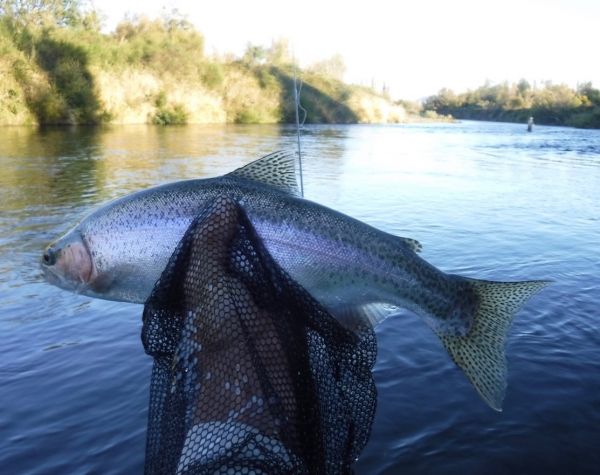 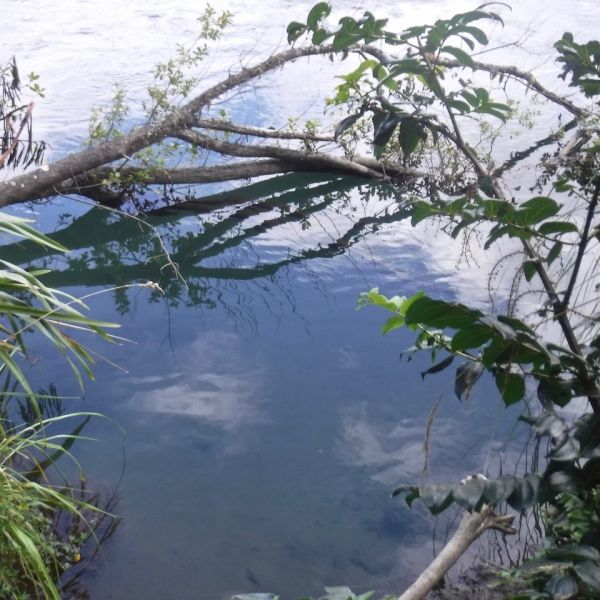
I've had several of these two pounders there this week along with dozens of juveniles of all sizes on the 5wt. And as always they've been great fun on light gear. A lot of anglers head for the lower river at this time of year both for browns and the consistent dry fly action down there. I've been fishing cicada patterns with a dropper in the hope of tempting a brown. But again, on the couple of occasions I did hook up, fluffed my chances.
I don't ever recall losing browns so often ... must be old age. Many of the bigger fish will be lurking in amongst the sunken branches of impossible to get at lies like this. And there was a "monster" brown there when I took this. But you will sometimes spot them out in the open and they will come for the dry or dropper.
During late summer and early autumn the bank-side foliage from the lodge down is infested with Passion Vine Hoppers, more so than anywhere else on the river. It only takes the slightest breeze and thousands of these delta winged insects end up drifting downstream. This can go on for hours and fish will rise freely for them. A lot of the "rises" are juvenile trout, but every so often you'll see the back of a much better fish break the surface. I've stuck with a big dry because there's still enough cicadas down there to keep the fish interested. And even though its a fair bet they're on Vine Hoppers ... you never know. Anyway who am I kidding ... small dries and my old eyes don't mix nowadays.
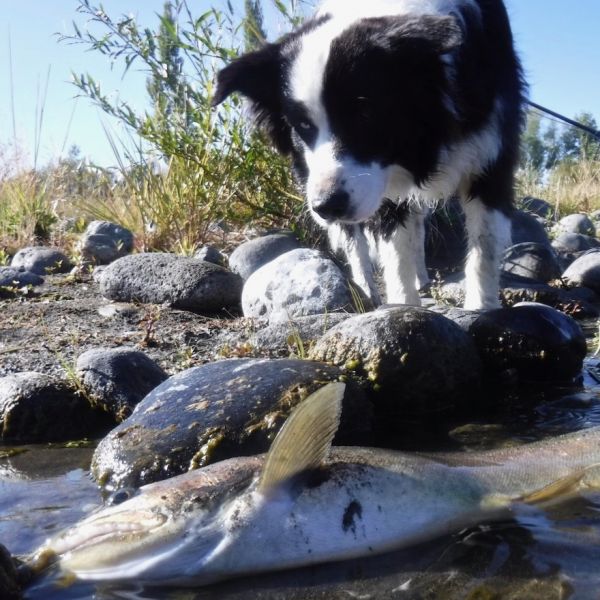 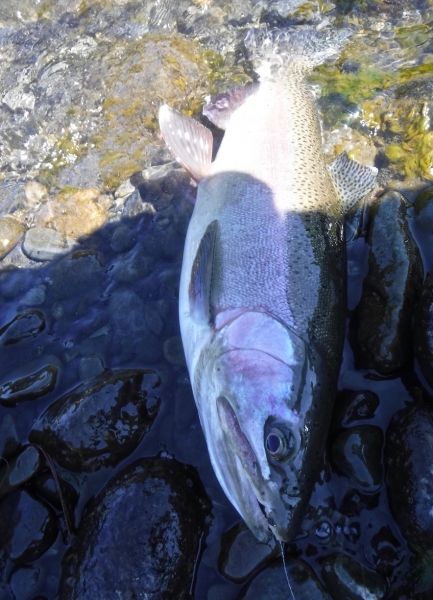 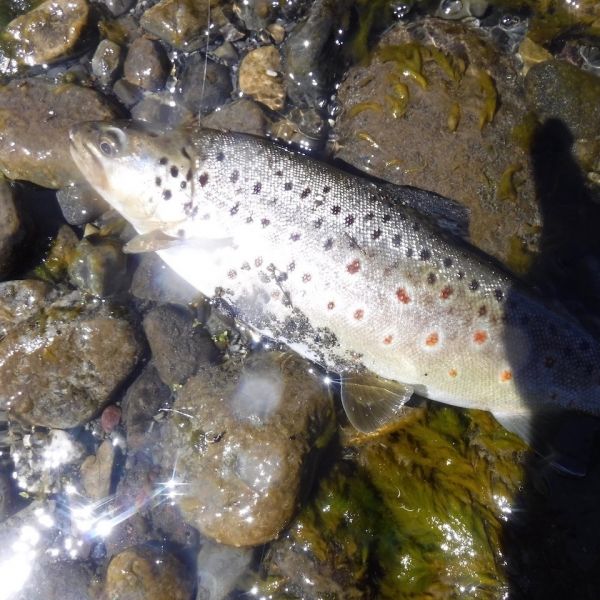
The rest of the time Blue has insisted we stay around town where he can keep an eye on things. And we've had a mixture of fish on a small caddis either under the dry or on the drop shot outfit. The Rip has fished quite well and besides rainbows I've had a couple of these pound plus juvenile brown trout. Not exactly what I was after but there are bigger browns along this stretch to test you.
As the mornings get cooler it takes a bit longer for the cicadas to warm up but there's still plenty out there.
Dan is confidently predicting rain on Friday which could set things up for the rest of the weekend ... now wouldn't that be nice. And it looks as if there may be some proper rain at last towards the end of next week.
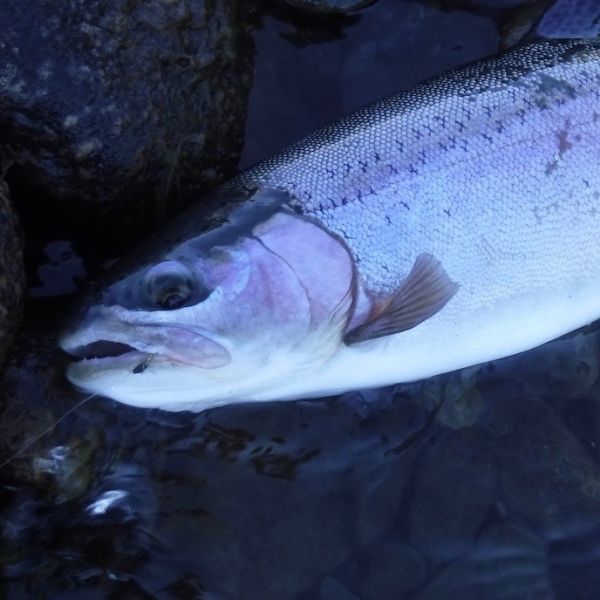
Tight lines guys
Mike |
|
|
| Back to Top |
|
|
|
|
|
|
|